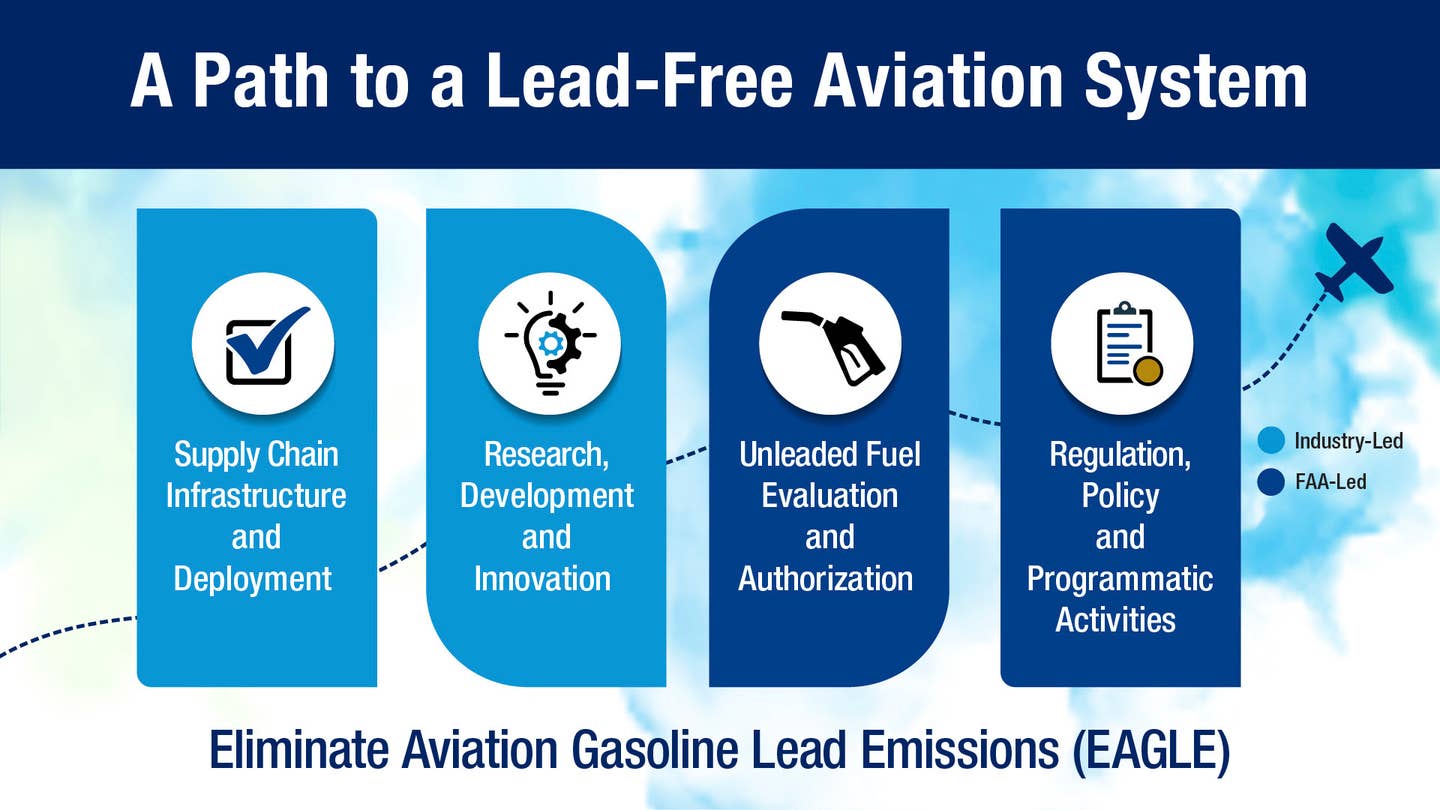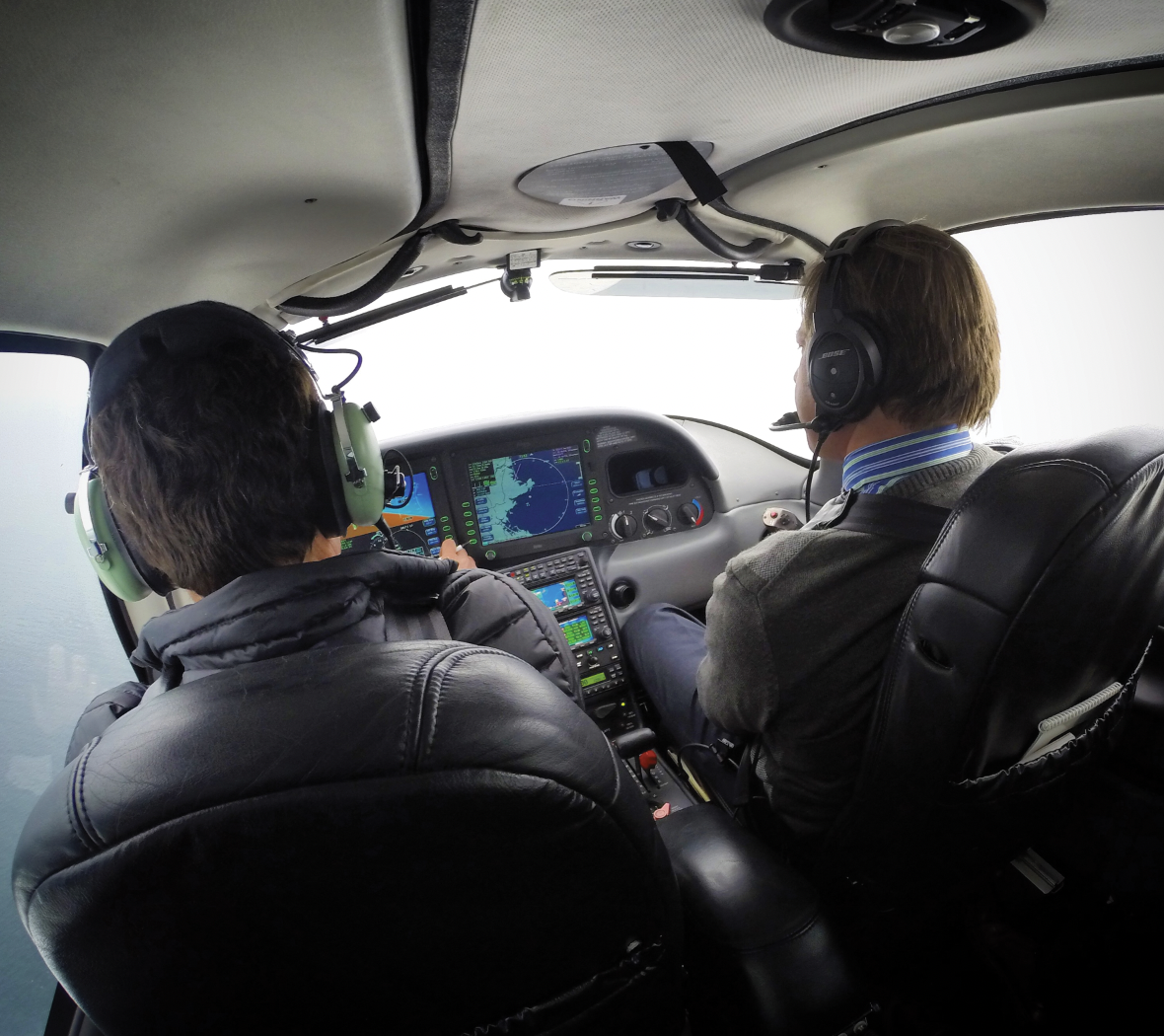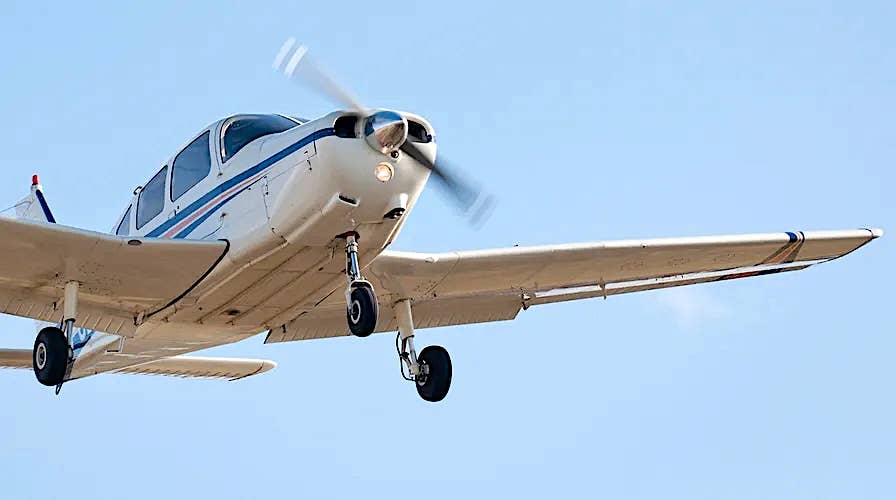(This article originally appeared in the April 2016 issue ofKitplanesmagazine. Ed.)This month our ongoing introduction to engine technology begins an examination of the lubrication system by considering the stuff it pumps: oil. Lubrication is a background concern to the average pilot, but it is a must-have because without it, metal-to-metal wear soon reduces any engine to a useless mess of melted bearings and ugly metal shavings. In practice, maintaining correct oil temperature is the direct challenge to most Experimental aircraft builders and pilots.
On Oil
Oil—the stuff of life in internal combustion engines—very much leads a double existence in our air-cooled aircraft powerplants. It's the obvious working fluid in the lubrication system, while at the same time is a major, if often overlooked, player in the cooling system. It even moonlights occasionally as a substitute hydraulic fluid in controllable-pitch propeller systems.
As a lubricant, oil is mainly responsible for reducing friction among the engine's moving parts, but it also floats away impurities, provides corrosion protection to the engine's otherwise un-plated, un-painted metal, and aids sealing the piston rings to the cylinder.
As a coolant, oil transfers combustion heat from the vulnerable, hellishly hot piston and piston pin to the oil cooler where it is shed to the atmosphere. It's also the main source of cooling for the entire bottom end of the engine, that is, the crankshaft, connecting rods and, most notably, the main, rod, and thrust bearings, plus it is also the main coolant for the valve train where the valve springs are especially needy. In fact, while typical aircraft engines are labeled air-cooled, the only parts mainly air-cooled are the cylinder heads. It would be more proper, if laborious, to say these are air- and oil-cooled engines. The same is similarly true for water-cooled engines, although water's greater density typically handles a greater percentage of the engine's waste heat.
Oil the Lubricant
For our purposes let's note mineral oil (the traditional stuff) is refined from crude petroleum and synthetic oil is the same stuff more highly refined, or a totally different material synthesized from non-crude-oil beginnings. Synthetic oil is more uniform in its molecular structure and contains much less of the extraneous stuff found in mineral oil (waxes and such) that have nothing to do with lubricating engines. Synthetic oil has several desirable qualities to offset its greater cost, most notably it remains stable—does not break down into gummy residues—at high temperatures. Mineral oil begins breaking down noticeably around 240F, while synthetic oil often withstands temperatures hundreds of degrees higher. In fact, high oil temperatures are first a threat to mineral oil, but with some synthetics, the first thing to give is the bearing material in the engine.
One downside to synthetic oil as first sold to aviators was its minimal ability to carry extraneous lead from 100LL gasoline in solution. Said to have been an additive issue, sludge formation has purportedly been a problem with 100% synthetics, and synthetic oil is now offered mainly as a 30% synthetic/70% mineral blend to form semi-synthetic oil. It has no issues with sludge formation.
Oil is also categorized by viscosity, which is the liquid's thickness, measured by its resistance to pouring at a given temperature. Viscosity is important as it provides the "body" to cushion against metal-to-metal contact. Around cars, oil viscosity is called "weight," as in "30 weight" and is established in accordance with standards set by the Society of Automotive Engineers (SAE). In aviation this property is formally known as "grade," and the numbers come out roughly double that of SAE weight. So 100 grade corresponds to 50 weight, for example. Naturally, around the airport "weight" is more often heard then "grade" these days.
Oil weight or grade is matched mainly to the oil's operating temperature range, although internal engine gaps (between the crankshaft journals and their bearings, or between the piston rings and cylinder walls) play a major role as well. Thus, the light duty cycle of automotive engines means relatively low oil temps, plus these tightly-built engines feature small oil clearances so they employ 20 to 30 weight oils at most. Our oil/air-cooled aircraft engines run hard, long, and put generous heat into the oil, so thick, 50 weight is typical, with some legacy radials running 60 weight, thanks to their cavernous oil clearances.
Single weight or grade oil is just what it sounds like, an oil with a specific viscosity at operating temperature (212F). It is much thicker at cold temperatures. Multi-weight or multi-grade oil, say 15W-50, is a thin 15 weight oil with viscosity improvers added to it. The VI compounds literally coil into tiny balls at low temperature and uncoil into longer strands at high temperature. When balled, the VI compounds don't impede the oil's pourability, but when strung out they make the oil thicker.
In our 15W-50 example the oil pours like 15 weight oil at 0F and 50 weight oil at 212F. This helps because, like everything else, oil has an operating temperature range. The thick 50 weight oil in aircraft engines is barely a lubricant at low temperatures—think 45F or colder cold starts—because it doesn't flow. The oil can be so difficult to pump through the engine's smaller passages that it momentarily doesn't flow at all. Engine preheating is a great answer, but a multi-viscosity oil with greatly improved flow at low temperatures is a big, very convenient help, too.
Cold oil, no matter what type, is a real concern. Besides flowing poorly until it gets a bit of heat into it, thick oil causes meaningful drag on engine internals. This makes life difficult for the starter motor and drags down the battery. It also robs engine power and wastes gasoline overcoming the excess drag. But the worst issue is rapid metal-to-metal engine wear due to no or low oil flow. Short of preheating, a multi-viscosity oil and warming the engine in the run-up area until movement is seen on the oil temperature instrument are the practical answers.
At the other end of the thermometer, excessive heat is fatal to mineral oil. As temperature ramps up, mineral oil breaks down, cooks, burns, call it what you will, but it permanently turns into a non-lubricating goo. This process is beginning at 225F, but gets meaningful around 240F, and when conventional motor oil exceeds 260F, it's rapidly becoming something other than motor oil. That's why overheated mineral oil must be changed. It's also a big synthetic advantage; hot oil temps are not much worry to it.
Clearly Goldilocks oil temps are the goal: 185F to 215F. Given an hour of flight time, this is warm enough to burn off the copious water contamination formed by combustion, but not so hot as to break down the oil.
Additives
All motor oils are augmented by additives chosen by the oil manufacturer. These differ widely by the oil's intended use, but what you need to know is most additives are sacrificial. They get used up by engine operation, and either more additives must be poured into the crankcase (not unknown in over-the-road trucking or industrial engines, but not done in aviation or automotive applications), or the oil must be replaced.
Typical motor oil additives address high-pressure lubricity (the camshaft-lifter interface is the big player here), but aircraft engines are also heavy on anti-sludge additives to combat the gray goo formed when leaded gasoline, water, and loose engine tolerances get together, along with acid neutralizers.
Then there are the well-known ashless dispersant additives. Ash is a combustion byproduct formed in the combustion chamber when engines burn oil there. The big players in ash formation are detergent additives, so unlike automotive engines with their essentially oil-tight combustion chambers, aircraft oils avoid detergents. Air-cooled aircraft engines burn oil, thanks to their necessarily loose piston, piston ring, and cylinder wall tolerances, so ash-forming detergent additives are an aviation no-no (and why you don't run auto oil in airplane engines). Ashless dispersant additives hold what ash that does form in solution so it can be scrubbed out by the oil filter, or (amazingly) failing an oil filter, until the oil is replaced.
Controlling Oil Temperature
Lycoming and Continental provide for both too-cold and too-hot oil temperatures. A thermostat, called the vernatherm (on Lycoming engines), is set to open at 185F. It shuttles cold oil directly through the engine and hot oil through an oil-to-air oil cooler before letting it go through the engine. Thus, oil temperature on these engines is a minimum of 185F, except from between a cold engine start and when the oil warms to 185F. That's a big "except," and it's up to the pilot to avoid high engine loads (such as taking off) when the oil is too cold (below 100F). Few pilots seem to have the discipline to avoid cold-oil engine operation, and low-performance standard category applications and their Experimental equivalents seem to survive such barbarity. But as engine performance goes up, avoiding high-load, cold-oil operation makes a difference in engine longevity.
Maximum oil temperature is controlled by an oil cooler, and on aircraft, these are inevitably oil-to-air radiators. Water-cooled engines mean oil heat can be shed to the water coolant via an oil-to-water heat exchanger; it's likely the superior strategy, but obviously impractical on air-cooled engines.
Similarly to exhaust systems, the remotely-mounted Lycoming oil cooler lives in the gray boundary between the engine maker's and the airframe manufacturer's responsibilities, and therefore many applications leave much to be desired. As Experimental aircraft builders, we are responsible for everything, and dealing with the many variables in constructing an efficient oil cooling system is a major creative area for us.
0)]
Rotax engines are supplied and typically run without a thermostat (vernatherm). But the popular Rotax four-strokes are also dry sumped. Dry sumping means there is a larger oil supply, so the oil spends relatively more time outside of the engine in a tank and therefore naturally sheds more heat than a conventional wet sump Continental or Lycoming. Rotax's are also water-cooled, meaning less cylinder head heat ends up in the oil in the first place.
Continentals mount their coolers directly to the engine. They also use the more heat-transfer efficient, more physically durable bar-and-plate style cooler construction. Integrating the engine to the airframe is therefore simplified; an adequate inlet and cowl flaps are typically sufficient.
Oil Analysis
1)]
Critically examining drain oil gives an excellent window into what's going on inside the engine. Specialized labs offer such services; they use spectroscopy and other advanced methods to accurately detail in minute quantities what's in the oil, and thus the engine.
Excessive amounts of steel could foretell cam and lifter failure for example. High aluminum counts might be piston or piston plug wear, iron is likely from piston rings, tin is normally from bearings, and so on. The oil's composition is also easily tracked, so additive depletion or contaminations are easily spotted.
Oil analysis is a powerful tool, especially when used regularly so changes can be quickly and accurately identified. Of course, it's also an added expense, so most private operators use it occasionally or when problems are suspected. At the least it's another tool to be aware of, at best it's a regular part of a thorough engine operation program that gives peace of mind, looks good at resale, and just might catch impending disaster.
Sidebar: Why So Much?
2)]
Filling the typical airplane engine during an oil change feels like topping off a super tanker—why do they hold so much oil anyway?
There are several reasons. Firstly, the more oil available, the fewer trips through the engine any given amount of oil makes per unit of time. So, more oil means less contamination, less rapid oil heating, and maybe a touch less total oil temperature. But mainly our good old, loose-tolerance, air-cooled aircraft engines draw oil past the piston rings and burn it in the combustion chamber, sometimes dramatically.
When the regulations were written decades ago, massive oil consumption was fairly normal because cylinder sealing wasn't as good as today. Thus, typical 6-cylinders are allowed nearly a quart of oil an hour(!) consumption, so a seven-hour leg with long-range fuel tanks means it's possible to consume five quarts during such a trip.
In the modern world, oil consumption should be more like a quart every 10 hours, and you'll also find putting 12 quarts in a 540 Lycoming or eight quarts in a 360 results in one quart blown out the engine breather and down the aircraft's belly in about an hour. This is why the old hands always run a quart lower than the placarded maximum.
Read More from Kitplanes, and learn how to receive your FREE copy of The Annual Homebuilt Buyers Guide.






